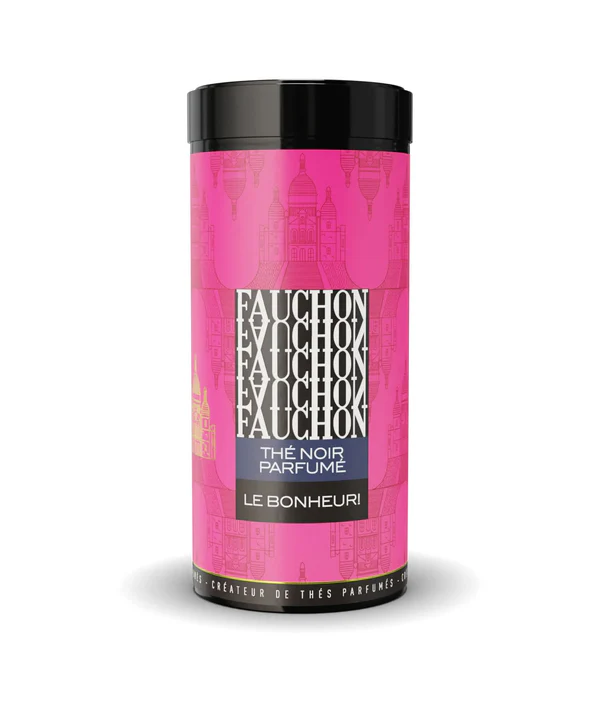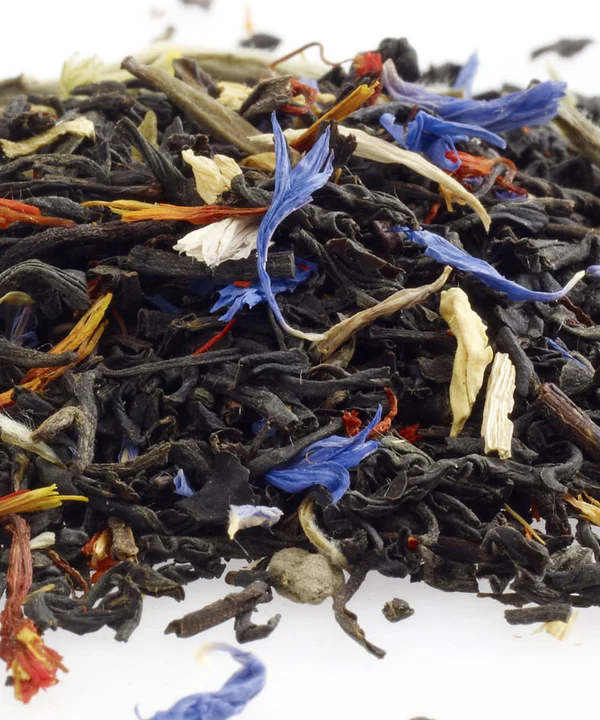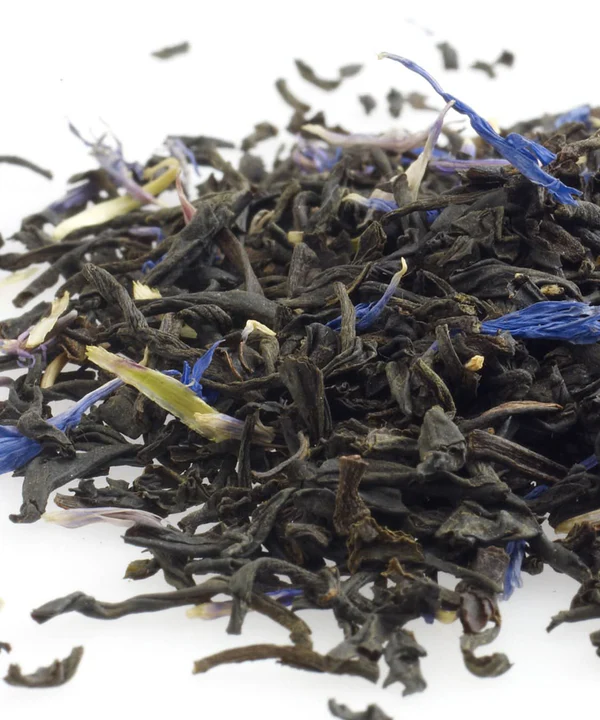THE HISTORY OF TEA, FROM IMPERIAL CHINA TO COLONIAL AMERICA
Before becoming the second most consumed beverage in the world, tea has gone through many stages. From its distant Chinese origins to the quarrels it provoked during the era of colonialism, embark on a journey through time to discover the history of tea .
MYTHS AND LEGENDS ABOUT TEA
For tea to become so important, it was necessary for someone, one day, to decide to consume the leaves of the tea plant infused in water. Although it is impossible to know who had this crazy idea for the first time, some legends offer to explain it to us.
The first comes to us from China and tells that the first consumption of tea as a drink dates back to 2737 BC . At that time, Emperor Shennong sat at the foot of a tree, from which leaves fell into a jar of water that he had boiled. Pleasantly surprised by this unexpected infusion, the emperor praised the merits of tea and contributed to its popularity.
Another legend tells that the Buddhist monk Bodhidharma left India to teach his dogma in China. While he had the ambition of not sleeping for 9 years in order to accomplish this ambitious mission, Bodhidharma found himself overcome by fatigue in the 3rd year. It is at this point in the story that the legend splits into two distinct endings.
According to some beliefs, Bodhidharma would have found by chance some tea leaves that he had the reflex to ingest, discovering then its energizing properties which allowed him to stay awake for the remaining 6 years. Other versions of this legend tell that the monk would have fallen asleep. When he woke up, devastated by his failure, he cut off his eyelids and threw them on the ground, giving birth to the first tea plant .
THE RISE OF TEA IN ASIA
Whichever legend one chooses to believe, all research on the subject tends to place the origins of tea , as a plant and as a beverage, in China .
It was during the Tang Dynasty, between the 7th and 10th centuries, that tea became popular in China. At the time, it was consumed in the form of compressed powder bricks. It immediately inspired artists, who developed the beginnings of the rituals that accompany its tasting. A “tea ceremony” then emerged in the upper echelons of Chinese society, surrounding the drink with very precise rules of preparation (temperature, gestures, utensils, infusion time, etc.) and tasting, loaded with symbolism.
Little by little, tea was adopted in all social circles, where it was consumed in a more trivial way. To respond to this increase in consumption, producers gave birth to the first loose teas .
At the same time, Buddhist monks attempted to introduce tea to Japan , which did not bear fruit until the 15th century. In the 16th century, the Japanese in turn appropriated tea and developed their own traditions around it.
EXPORTING TEA IN EUROPE
With its democratization in the Chinese population, the cultivation and production of tea increased tenfold. China made a flourishing trade in it, first in other Asian countries, then towards the West in the 17th century. Through the East India Company , the Dutch were the first to benefit from it in Europe. They were closely followed by England , and the British bourgeoisie rushed to the coffee-houses, shops in which it was served to enjoy its taste and medicinal virtues . It became the national drink of the country in the 18th century, following the abolition of the tax imposed by Cromwell.
Tea appeared in France at the same time, where it was far from unanimous. It caused a stir in medical and intellectual circles, before finally being popularized by Cardinal Mazarin .
TEA AT THE HEART OF GEOPOLITICAL CONFLICTS
This meteoric rise has, unsurprisingly, given rise to many adventures.
How can we not mention, for example, the famous Boston Tea Party ? On December 16, 1773, following a major disagreement between the British government and the 13 English colonies in America, 40 tons of tea were thrown into the water in Boston Harbor. This incident played an important role in the advent of American nationalism, notably by contributing to the declaration of July 4, 1776 and the outbreak of the American War of Independence .
Another example is England's failed attempt to counter China's tea dominance. The British, wanting to compete with China , ordered tea plants from the East India Company with the aim of starting their own plantations. The Chinese, refusing to be dethroned, replaced the tea plant ( Camellia sinensis ) with ornamental camellias ( Camellia japonica ). However, this story ended on a positive note for the English, who were charmed by the plant's lovely flowers and eventually acclimatized it, cultivated it, and sold it as a cut flower , with great success.



















